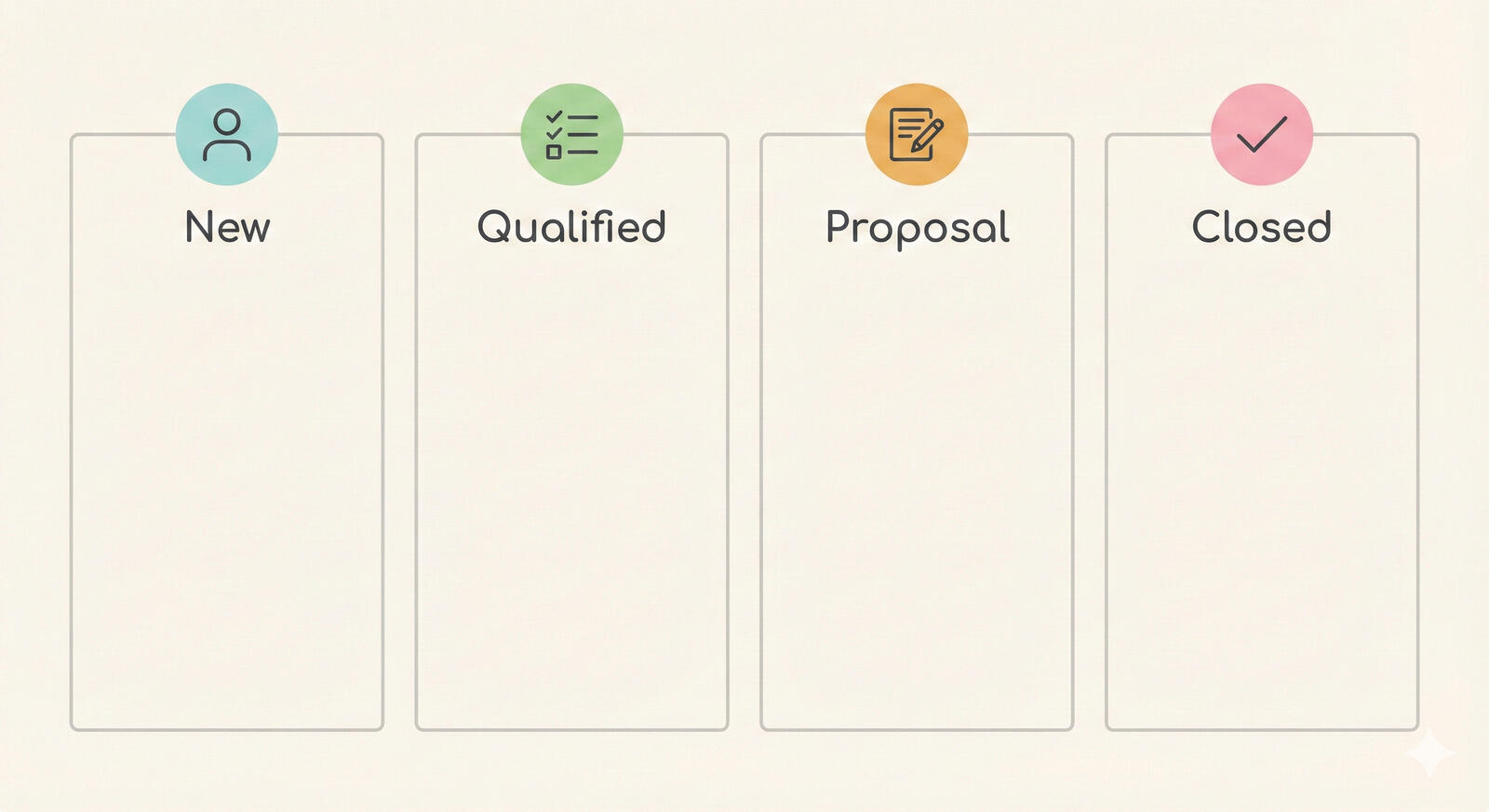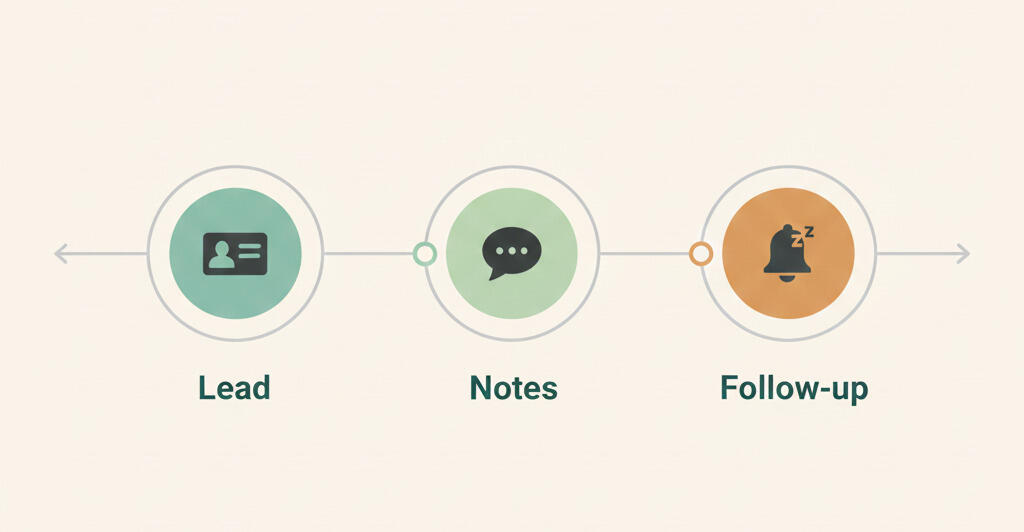How to get into creative project management
If you’ve ever worked with designers, you know that they can be a little (or a lot!) challenging to work with. They have their own deadlines and often finish projects without much of a schedule, to begin with. You’re probably wondering how to become a creative project manager when managing creative people can be so difficult. Well, managing creatives is a discipline all of its own.

What is a creative project manager?
A creative project manager is someone who’s responsible for planning and organizing projects in the creative field. They’re in charge of managing the project’s budget, timelines, the workload per team member, deadlines, and revisions. As a creative manager, you’ll find yourself working on all sorts of creative projects like websites, photoshoots, ad campaigns, and producing videos, which often require the use of animation software tools to ensure high-quality results..
While creative project management shares a handful of tasks and responsibilities with other project and team managers, project managers often have the unique requirement of honoring the creative process, like giving space and time for team members for their ideas to shine through all whilst motivating them with the right frequency of reminders and deadlines.
Why companies need creative project managers?
Depending on the company’s size and industry, the need for a specialized creative project manager varies drastically. For instance, marketing agencies work primarily on projects that are creative in nature. This includes everything from producing a creative ad, creating a new brand identity, writing blog posts, or designing visuals and graphics.
Unlike strictly business tasks, creative projects require more flexibility in the project’s timeline that managers need to account for beforehand. Additionally, creative project managers keep client expectations realistic and in check, making sure the vision they have is on par with the time and resources they provided the team with. Not to mention, they also work as normal managers. They keep an eye on a group of people working on a shared goal and make sure they’re making progress fast enough to meet deadlines and milestones.
What’s a creative workflow?
In a business setting, a creative workflow is a process where all individuals and companies involved work harmoniously and seamlessly on a creative project. All the steps from generating ideas, and receiving and implementing feedback to launching the final product going smoothly are essential to a successful creative workflow.
Still, tucked inside each one of these steps is a bunch of tasks and functions that tend to make the creative workflow process complicated. As a creative project manager, you’ll be responsible for creative resource management in which you identify who in your team is tasked with doing which segment of the project, when it’s due, and financial, digital, and physical resources they need to do their part.
When it comes to projects on a larger scale—say a marketing or content production agency where multiple projects are going on at the same time for multiple clients and for the company itself—hierarchies form. Instead of directly supervising the creative individuals working on their assigned tasks, you’d oversee a handful of junior project managers (or team managers) who, in turn, manage a group of people working directly on the project whilst reporting to you.
And while unnecessary for relatively small endeavors, creative workflows should be documented. But instead of a technical documentation process where the how-to steps are listed, it’s a record of who was in charge of which part of the project. In fact, solid documentation allows project managers to enforce and promote accountability and give credit where it’s due.
What you’ll need to succeed in creative project management
In order to succeed in creative project management, you’re going to need a skill set that’s unique from other types of management jobs. That’s because your team of creatives shouldn’t be forced to optimize their work for efficiency and productivity, but for quality and innovation.

Creativity
It shouldn’t be a surprise that in order to successfully supervise a creative process, you need to be a creative person yourself. Being creative would allow you to understand firsthand the struggles your team members may go through such as creative blocks, creative burnouts, and poor flow.
As a creative person, you'd be able to offer better feedback and even offer advice and guidance throughout the project. While the workers themselves should be experienced and passionate about the project, it doesn’t hurt to lend a helping hand here and there.
Empathy
Unlike with business projects, your feedback needs to be empathetic and gentle in nature, even when you’re not satisfied with the job someone delivered. Creativity needs an accommodating and nurturing environment to grow and flourish, your empathy is critical for encouraging creativity, collaboration, and even asking for help and advice when necessary.
Communication skills
Communication skills are essential in almost all business settings, but especially in creative projects, where the task at hand tends to be more abstract than numbers on a screen or the format of an annual report. As a creative project manager, you need to be able to communicate clearly with your team members to ensure they know precisely what’s expected of them and whether there are time-sensitive milestones and benchmarks they need to reach.
Communication can be tricky when the team is spread thin over multiple locations and timezone, like with remote workers. Still, you must be proficient at using the digital communication tools you agreed on with your team, whether it’s emails, phone calls, video calls, or live chat services.
An eye for detail
The devil’s in the details, especially for creative projects. Unlike with clear-cut products where the intentions of the producer are spelled out, creative products are more subjective. You need to make sure no part of the final product is low quality, can be interpreted as offensive, or sends out the wrong message about the project.
Defining tools and templates for creative project management
The biggest mistake you can make as a creative project manager is relying fully on your working memory and a make-shift reminders system. While this might work for a small, three-person project, this approach quickly crumbles for projects that employ over a dozen workers and runs for a long period of time.
Luckily, there are a lot of tools you can use to help with managing your project. As a start, you can use a pre-made template—or create your own—that includes all team members, their tasks, milestones, progress, and deadlines. By regularly checking and updating your project’s planner, you can make sure you’re not missing any details or deadlines and that all employees are working according to plan.

A more technological solution would be using digital tools made specifically for team management. Take Breeze, an online tool that encourages collaboration and communication between team members and managers. It’s especially useful for creative project management, helping organize workflows and keep projects on track. Such tools often include automatic reminds sent to employees, sends alerts when details or deadlines change, and allows users to track their own progress to make sure they're not falling behind.
Anyone can become a creative project manager
Learning how to manage creative projects can have immensely positive results for you and your team. You can also use your skills to create a friendly and collaborative work environment even outside of creative projects. Just make sure you have the right set of skills and the appropriate tools to enhance their creativity.








